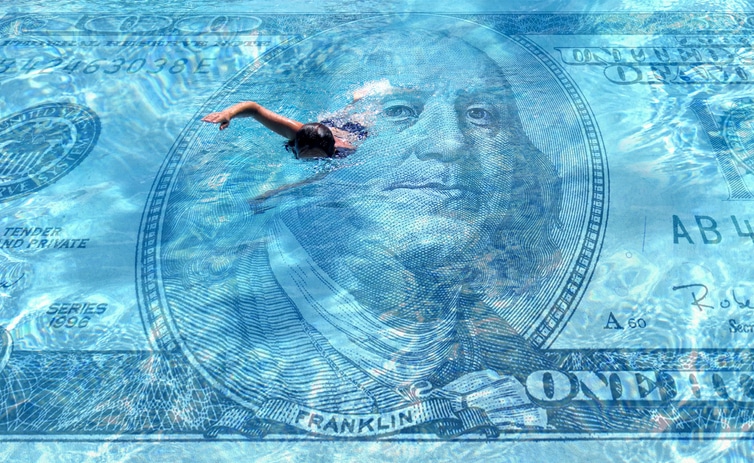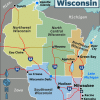Source: Financial Times —
Inflation isn’t new, but price rises can still shock. I recently holidayed in the Hamptons, a tony beach area outside New York, where I was stunned to pay $800 for a single shopping cart of groceries. This wasn’t at some foodie emporium, but rather at the IGA, which is the American equivalent of the UK’s Tesco. Food prices are up everywhere, but in places like this, they have reached nosebleed levels.
Wealthy locals and vacation shoppers notice, but seem not to curb their spending. Everyone else is travelling an hour or more to get groceries outside the resort areas, ordering dry goods from Costco and growing their own produce.
This story is extreme, but by no means a one-off. To the extent that the wealthy in the US are not yet cutting back on spending, they may be an important and under-explored factor driving the inflation felt by all.
The top two-fifths of income distribution in the US accounts for 60 per cent of consumer spending, while the bottom two-fifths accounts for a mere 22 per cent, according to 2020 BLS statistics.














